Kaziranga National Park, located in Assam, India, is a UNESCO World Heritage Site and one of the most famous wildlife sanctuaries in India. Spread across 430 square kilometers, the park is renowned for its one-horned rhinoceroses, making it a must-visit for wildlife enthusiasts. Kaziranga Rhino Safari.
Why it is famous:
- Home to over 2,400 one-horned rhinos, the highest population in the world.
- Rich biodiversity including tigers, elephants, swamp deer, wild boars, and numerous bird species.
- Scenic landscapes with floodplains, grasslands, and wetlands.
- Offers jeep and elephant safaris, giving visitors a close encounter with wildlife.
The park is divided into four main ranges: Central, Western, Eastern, and Burapahar, each offering unique safari experiences and wildlife sightings.
Best Time to Visit
- November to April: Ideal months for safari and wildlife spotting.
- Peak season: December to March for pleasant weather and clear skies.
- Summer (April to June): Warm, but wildlife may be harder to spot due to water dispersion.
- Monsoon (July to September): Park remains closed due to floods.
Safari Tips:
- Early morning safaris (6:00 AM – 10:00 AM) are best for active wildlife sightings.
- Late afternoon safaris (2:30 PM – 5:30 PM) are ideal for observing elephants and birdlife.
How to Reach Kaziranga
By Air
- Jorhat Airport: 97 km from the park; connects to major Indian cities.
- Guwahati Airport: 217 km; main international and domestic hub.
By Train
- Kokrajhar or Furkating Railway Stations: Well-connected from Guwahati, Kolkata, and Delhi.
- Rangapara Railway Station: Closest to Eastern Range.
By Road
- National and state highways connect Kaziranga with Guwahati, Jorhat, and Tezpur.
- Private taxis and buses are available from Guwahati or Jorhat.
Local Transport
- Jeep and elephant safaris are organized from park entry points.
- Guided tours enhance wildlife spotting and safety.
Entry Fees and Permits
- Indian Nationals: Approximately INR 1,500–2,000 per safari.
- Foreign Nationals: Approximately INR 3,000–4,500 per safari.
- Elephant Safari Charges: Extra fee applies; varies by range.
- Photography Permit: Required for professional equipment; nominal charges.
- Note: Fees are subject to change. Advance booking is recommended, especially for Central and Western Ranges.
Tip: Book safaris online or through official park offices for guaranteed slots. Kaziranga Rhino Safari.
Food Availability and Meal Options
- Nearby towns and resorts provide breakfast, lunch, and dinner.
- Packed meals can be arranged for early morning safaris.
- Small eateries near park entrances serve snacks, tea, and local delicacies.
- Carry water bottles, energy bars, and dry snacks for long safari hours.
Packing List and Essentials
Clothing
- Light-colored, breathable clothes; avoid bright colors.
- Long sleeves and pants for sun and insect protection.
- Comfortable walking shoes or boots.
- Warm jacket for early mornings and winter months.
Accessories
- Binoculars for wildlife spotting.
- Camera with zoom lens for photography.
- Sunglasses, sunscreen, and a hat or cap.
- Small backpack with water, snacks, and a first-aid kit.
Health & Safety
- Prescription medicines and motion sickness tablets if needed.
- Hand sanitizer, wet wipes, and mosquito repellent.
Safety Tips and Local Regulations
- Follow park rules and guide instructions strictly.
- Stay inside vehicles unless specifically authorized.
- Do not make loud noises or attempt to feed animals.
- Keep a safe distance from wildlife and water bodies.
- Avoid littering; plastic is prohibited inside the park.
Tips for Beginners or First-Time Visitors
- Start with Central or Western Ranges for first-time safaris.
- Early morning safaris offer better chances of seeing rhinos and tigers.
- Use guided jeep safaris for maximum wildlife encounters.
- Combine safari with visits to Mora Dhimor, Agaratoli, and nearby tea gardens.
- Keep camera and binoculars ready at all times.
Local Customs and Cultural Etiquette
- Respect nearby villages and communities.
- Avoid entering private lands or disturbing farmland.
- Maintain quiet and polite behavior with guides and staff.
- Support local businesses by buying handicrafts or souvenirs responsibly.
- Follow instructions for safari routes and photography regulations. Kaziranga Rhino Safari.
FAQ Section
1. How long is a typical safari?
- Usually 2–3 hours; morning and afternoon slots available.
2. What is the difficulty level?
- Easy; mostly jeep rides with minimal walking.
3. Are restrooms available inside the park?
- Limited; mainly at park entrances and resorts.
4. Can children join the safari?
- Yes, recommended for children above 5 years with adult supervision.
5. Is it safe for solo travelers?
- Yes, guided safaris ensure safety and wildlife spotting efficiency.
6. When is the best time to see rhinos?
- Early morning and late afternoon; animals are active near water.
7. Are professional cameras allowed?
- Yes, with a photography permit; mobile cameras allowed without permit.
8. Are night safaris allowed?
- No, park regulations prohibit night entry for safety reasons.
9. Recommended clothing for safari?
- Neutral-colored, comfortable clothes with long sleeves and a jacket for mornings/evenings.
10. Any vaccination requirements?
- Routine vaccinations recommended; consult a travel clinic for tropical precautions.
Conclusion
Kaziranga Rhino Safari offers a once-in-a-lifetime wildlife adventure, combining thrilling rhino sightings with the natural beauty of Assam’s floodplains, grasslands, and forests.
Key takeaways:
- Ideal for wildlife enthusiasts, photographers, and nature lovers.
- Early planning and advance safari booking enhance wildlife sighting chances.
- Proper packing, safety measures, and respectful behavior enrich the experience.
- Observing eco-friendly practices and local culture ensures a responsible visit. Kaziranga Rhino Safari.
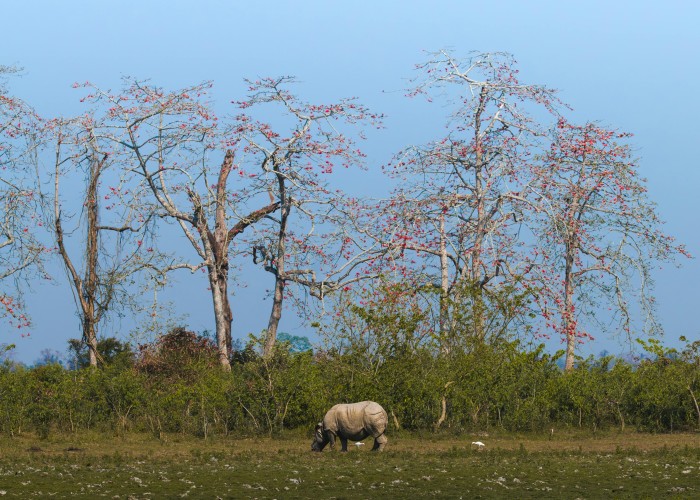
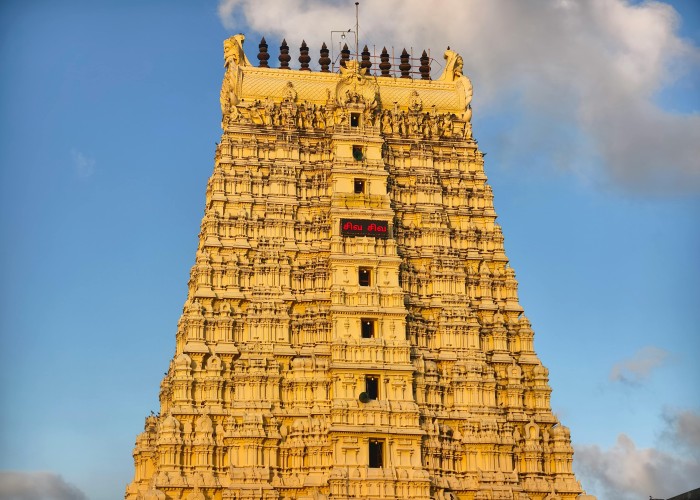
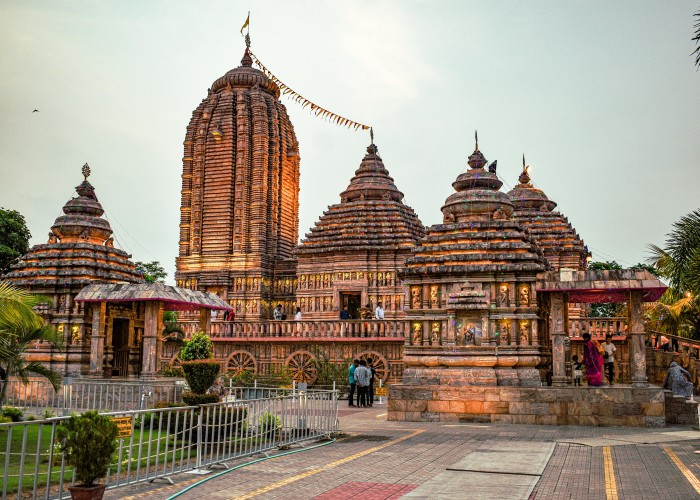
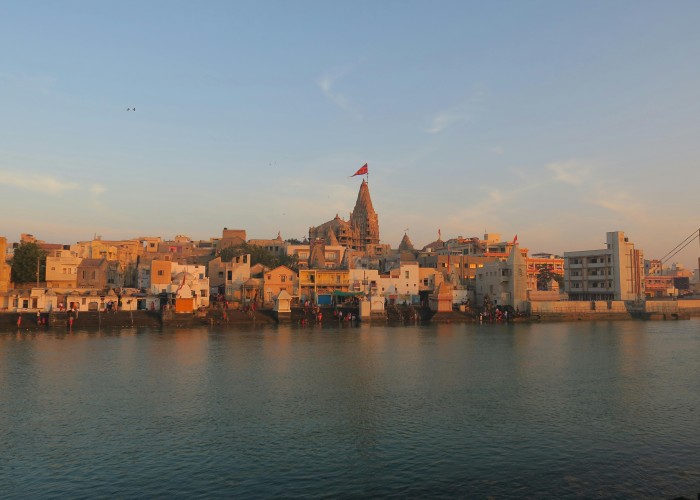
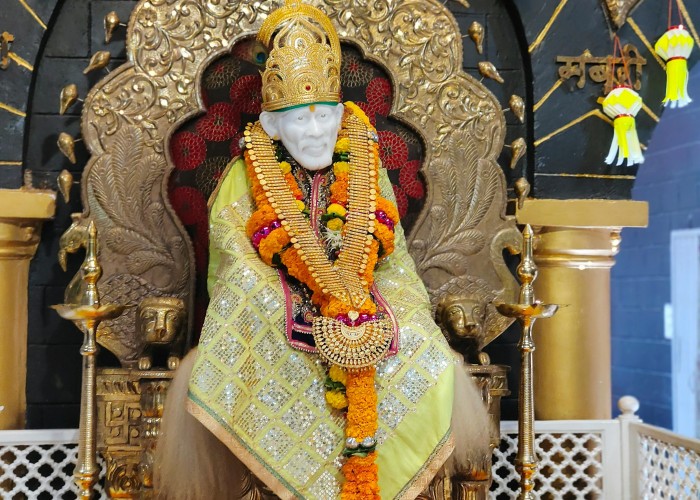
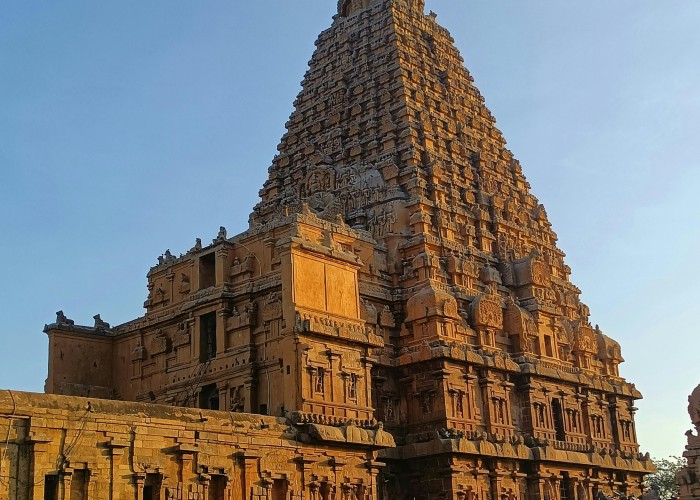
Leave a Reply